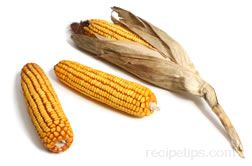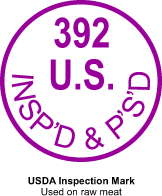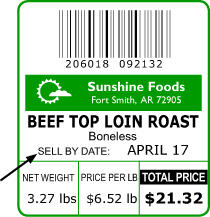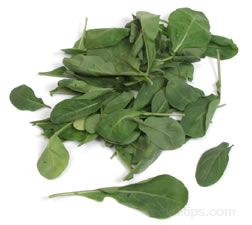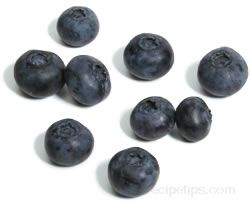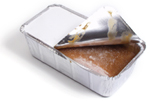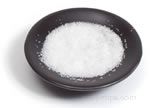Pesticides | Government Regulation | Advances in Protecting Crops
|
Pesticides are grouped under the following categories:
|
|
With all of the benefits provided by the use of pesticides, there has always been a concern that their toxicity could pose a risk to the food supply and to the environment. Needless to say, pesticides are highly tested and regulated by a number of agencies including the USDA (U.S. Department of Agriculture), FDA (Food and Drug Administration), and the EPA (Environmental Protection Agency). Thousands of pesticides are submitted for approval, but very few are actually granted approval as being safe for use in protecting crops with minimal hazard to the environment. Food is constantly being checked for pesticide residue, which must fall below the maximum allowable level established by the EPA. This allowable level is actually far below the level that has been proven to be toxic for human consumption, thus ensuring that our food supply is safe. Foods are not permitted to enter America's food supply if trace amounts of chemicals are found to be above the maximum allowable level. However, due to safe farming practices and processing standards enforced by government agencies, the residue levels usually fall far below the maximum standards and are often the chemicals are not detected at all. |
| Technology has also resulted in farmers being able to use the minimum quantity of chemicals required for effectiveness due to precise application methods. Many food growers also subscribe to a combination of pesticide use and environmental and biological resources known as Integrated Pest Management. Other technologies such as irradiation, which exposes food to radiant energy, killing harmful pests and microbes, and biotechnology, which involves the manipulation of genes in a plant to produce an advantageous result, are also being extensively used in protecting the food supply. |
| Note: Regardless of how food is protected against pests and bacteria and how safely it has been processed, it is still highly recommended that raw fruits and vegetables be washed thoroughly before consuming in order to remove possible trace amounts of chemicals and harmful bacteria. |

